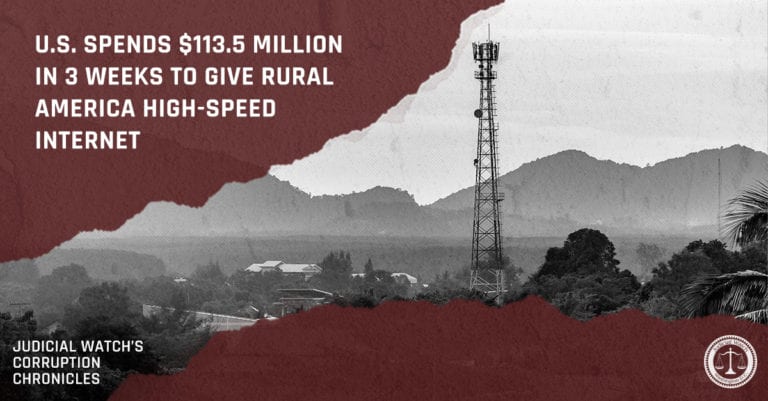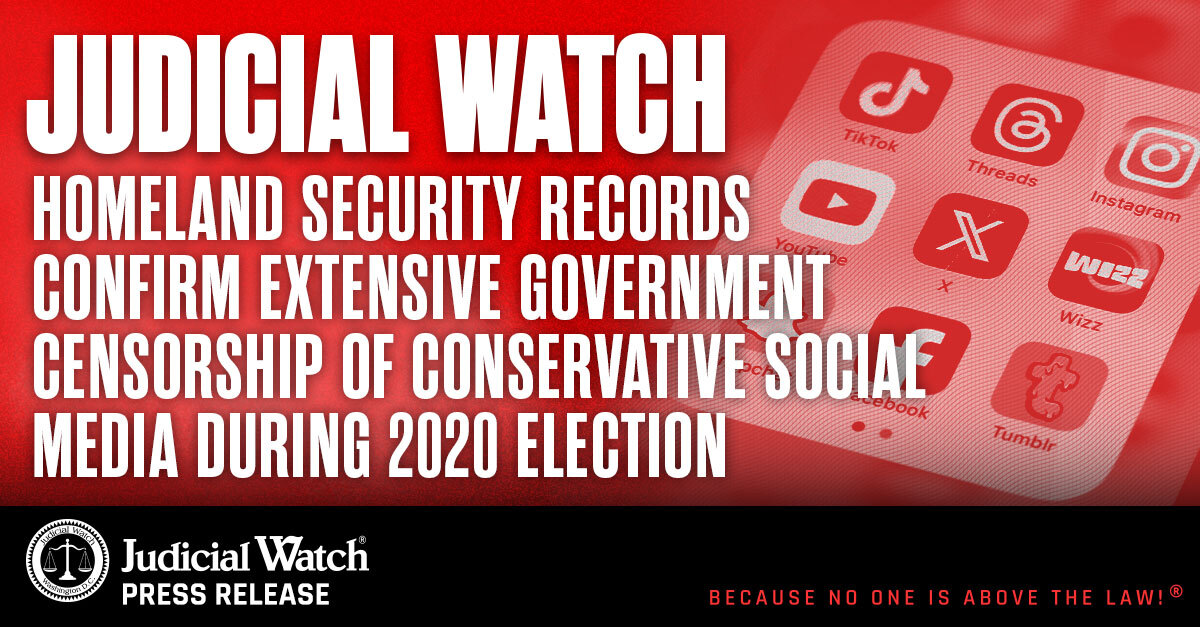

U.S. Spends $113.5 Million in 3 Weeks to Give Rural America High-Speed Internet


In the last few weeks alone the U.S. government has spent a whopping $113.5 million to help bring high-speed broadband to several rural areas throughout the country. In some of the cases multi-million-dollar investments will provide high-speed internet service to just a few hundred households, raising serious questions about the taxpayer investment. The money flows through the U.S. Department of Agriculture (USDA) via a Trump administration program known as ReConnect that will ultimately dole out hundreds of millions of dollars for the cause.
The program was launched as a result of President Donald Trump’s Interagency Task Force on Agriculture and Rural Prosperity established in April 2017 to identify legislative, regulatory, and policy changes that could promote agriculture and prosperity in rural communities. Headed by USDA Secretary Sonny Perdue, the task force includes 22 federal agencies and local leaders typical for bureaucratic government adventures. The government officials made dozens of recommendations outlined in a lengthy report that essentially asks American taxpayers for a monstrous investment. The goal is to provide rural America with world-class resources, tools and support to build robust, sustainable communities for generations to come, according to the USDA.
Key among the issues preventing this is high-speed internet availability, the task force found. It also recommends modern utilities, affordable housing, efficient transportation and reliable employment to improve quality of life as well as economic development and a better workforce. So far, most of the taxpayer investment has gone to internet, though it may not seem like the most urgent of the issues pressing rural America. This may be especially true since rural America includes around 46 million of the nation’s roughly 325 million people, according to the task force figures, which also reveal that rural America includes 72% of the nation’s land. “Rural America is home to many different racial and ethnic demographics and a wide array of economic activities,” the task force report states. “These residents live in a variety of settings, from counties bordering suburbs to remote and isolated areas.”
Is high-speed internet really so essential that the Uncle Sam must spend such huge sums of money? Does lack of broadband connectivity create a crisis? Broadband is defined by law as 10 megabits per second (Mbps) downstream and 1 Mbps upstream. The government’s initial funds “will generate private sector investment to deploy broadband infrastructure to provide high-speed internet e-Connectivity to as many rural premises as possible, including homes, community facilities for healthcare and public safety, schools, libraries, farms, ranches, factories, and other production sites,” according to the USDA. ReConnect offers unique federal financing and funding options in the form of loans, grants, and loan/grant combinations to facilitate broadband deployment in the targeted areas.
Let’s take a look at some recent examples of how the money is being allocated. So far this month alone the government doled out $113.5 million to bring rural America high-speed broadband, though it’s not certain when the projects will be completed so that roughly 14% of the population can surf the internet. The first investment, for $23 million, will improve rural e-Connectivity for 2,643 households and 78 businesses in North Dakota. The USDA’s North Dakota Rural Development director says broadband technology is a utility as important as water, sewer and electricity. Two days later the USDA announced another $48 million investment to bring high-speed broadband infrastructure to 22,600 rural households in Virginia. About a week later another $11 million went to similar projects in Minnesota and northern Iowa that will serve 1,395 rural households and more than 100 business. “When Americans are connected to high-speed internet, productivity and prosperity skyrocket,” according to USDA Deputy Secretary Stephen Censky. “This task of providing rural Americans with broadband is of the highest importance for President Trump and his Administration. We cannot leave millions of Americans out of the successes of this booming economy simply because they do not have access to the internet.”
Capping off the month were allocations of $5.7 million for high-speed broadband projects that will serve 489 households, 24 farms and eight businesses in Nebraska and $18.7 million to bring 6,300 households and 383 farms in West Virginia internet. The last disbursement, announced just two days ago, is a $7.1 million grant to improve e-Connectivity for 1,250 households in north central Arkansas. It may seem like a hefty price tag, but the USDA assures it’s important because it will connect residents to opportunities in education, health care and economic development.















